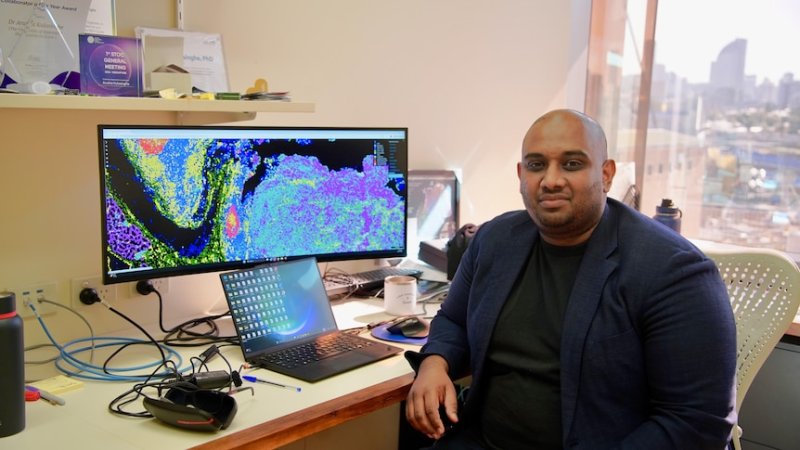
Published in Nature Genetics, the research identifies a method to predict whether patients with non-small cell lung cancer (NSCLC) will respond to expensive immunotherapy drugs, such as Keytruda, which are effective in only 20–30% of cases.
Kulasinghe and his team analyzed lung tumour biopsies from nearly 250 patients across Australia, the United States, and Europe. Using advanced microscopes and artificial intelligence, they mapped millions of cells in each sample. Their findings revealed a “molecular fingerprint” — a pattern showing how immune and tumour cells interact — which can indicate a patient’s likelihood of benefiting from immunotherapy.
“Certain immune cells are in close proximity to tumour cells in patients that do well on immunotherapy,” Kulasinghe explained. “Those patterns are really important to screen for.”
The discovery could allow doctors to test patients before prescribing treatments that can cost up to half a million dollars annually and sometimes cause severe side effects. It may also pave the way for new combination therapies to enhance patient response.
Mark Brooke, CEO of Lung Foundation Australia, described the study as “an incredible breakthrough,” highlighting the hope it brings to patients worldwide.
For Kulasinghe, whose passion for cancer research began as a child watching his grandfather battle the disease, the mission is personal: “To make sure every patient gets the right treatment at the right time.